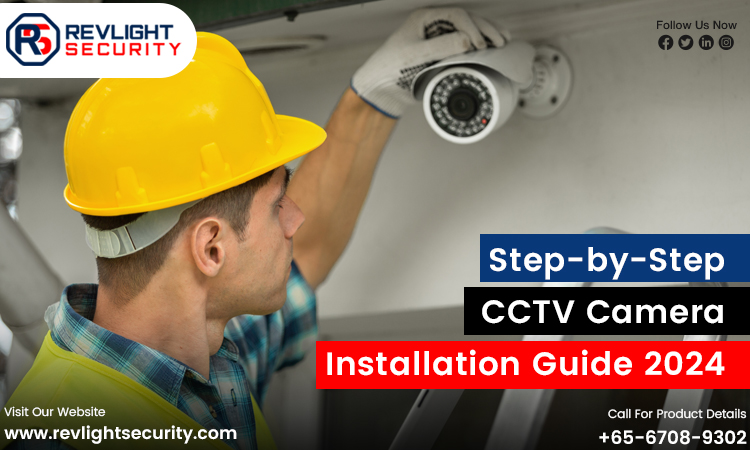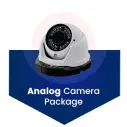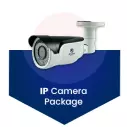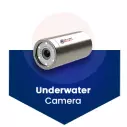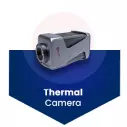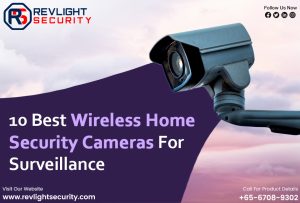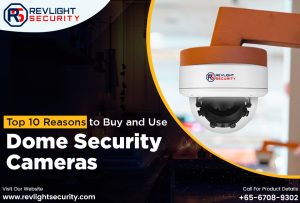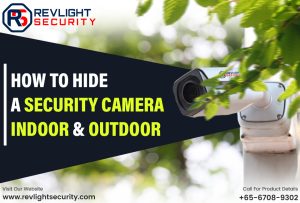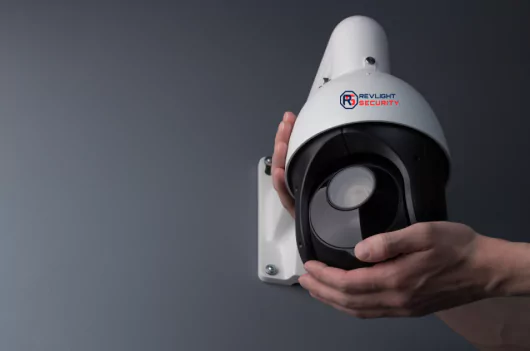Are you planning to install a CCTV camera in your home? However, installing the camera can be a daunting task, but it can be a breeze with the right instructions. Check out this CCTV camera installation guide to install the camera hassle-free in your home. Whether you wish to keep an eye on your valuables or want some extra security, you must install a camera.
According to a recent survey, around 238,100 persons experienced a break in from 2019 to 2020. And the cases have been increasing frequently. This is a real problem, and therefore, one must install the ideal security system in their homes for extra security. Get the best camera as per your unique requirements, and install it immediately.
Let’s go through this guide to install the camera without any hassle.
Where to place A CCTV Camera?
The first step in the installation process is to choose the right position for your camera. Find the spot where you want the camera, and buy the camera accordingly. Connect with the best HD CCTV camera provider, like Revlighht Security, to get the best camera as per your ideal needs and enjoy high-resolution surveillance.
Choosing the right spot is essential to capture clear pictures and videos. Most burglars break in through the back door or windows; therefore, it is important to install the camera there. Moreover, the camera should be placed at enough height so that it can cover as much as possible.
There are some ideal positions for home security cameras, and here are some of those.
-
Ground-floor windows
One of the common entry points for burglars is the windows that aren’t facing the streets. Make sure to install cameras there.
-
Front, back, and side entrances
Point the camera toward the sidewalk or walkway to clearly capture everyone who is coming to your home. Moreover, you must place it high enough for better surveillance.
-
Backyard
Place the camera in the backyard to eliminate any blind spots. It will discourage burglars from entering the property.
-
Garages and detached buildings
These areas are the most important when it comes to installing security cameras. Most burglars choose these places to enter anyone’s house. Therefore, ensure the camera is placed there.
These are the most common places for burglars. Therefore, you should install cameras at these places to keep your assets safe.
Step-by-step Guide to Camera Installation
Setting up a security system at home is not as complicated as you think. However, it can be challenging without proper instructions. Just go through the following points to install the camera without any additional effort.
-
Mark the spots
First of all, you need to choose the required spot where you wish to install the camera. Mount your camera high for clearer pictures, and keep it out of reach of thieves or intruders. Moreover, you must put it near a power source.
-
Mount cameras
Some security cameras come in an all-included package that has screws and mounting brackets. You can also use the mounting hole template for the easy installation process.
-
Install the DVR
To protect your surveillance data, keep the DVR inside a locked compartment. Wireless cameras also use NVR, which can be installed in the same way.
-
Arrange cables and plan their pathway
The most challenging part of the camera installation is to run cables and wires. First of all, find the wire route. You may find it difficult to run wires if you are installing cameras in multiple spots.
After deciding the wires way, drill the holes. Consider the nearest route to avoid messing up the wires. After that, get all the ends of the camera cables on the drilled holes. Use wire protection to prevent wires from wearing out.
-
Connect cables & power on
Once you have connected all wires, connect the home CCTV security camera. Check whether it is getting the power supply or not.
-
Connect cameras to DVR
Once everything is done, connect the DVR to the screen where you can watch the feed. Check the video feed and see if it is capturing the required areas.
Wrapping it up
I hope now you know how to install the CCTV camera in your home. Just follow the required steps to install the camera and capture the required feed. Getting the right camera for your home is essential to prevent thieves and burglars. So, connect with the Revlight Security team to find the best camera that meets your needs and has high-resolution surveillance.
Related Post:
Related Products
Frequently Asked Questions
How to install CCTV cameras step by step?
To install the camera, just follow some simple steps. Mark the sports, mount the camera, run the cables, and plug the camera into the power outlet.
What are the requirements for CCTV camera installation?
There are some basic components that you need to install a camera hassle-free, such as a security camera, storage devices, cables, DVR or NVR, and a drilling machine. With all these things, you can easily install the camera.
What are the first things to remember before installing CCTV?
If you are ready to install a security camera, you should make sure that you are not breaching anyone’s privacy rights. Respect others’ privacy and uphold their rights.
What is a DVR or NVR in CCTV?
Network video recorders or digital video recorders are the types of video recording systems. These devices are used in the security camera for storing the captured videos transmitted by the camera. That way, you can play the footage again later.
What is the minimum distance for a CCTV camera?
Usually, security cameras have a range between 10 and 70 ft if you are capturing during the day. However, some advanced cameras can capture up to 100-200ft during the night because of their night vision capabilities.
Can I use any TV on a CCTV camera?
Yes, you can watch video footage on your TV captured by a CCTV camera if it has a video input connector. Moreover, your CCTV must have a video output connection if you want to watch captured videos on your TV.
How to position CCTV cameras?
You must make sure that your CCTV is able to capture the required area. Ideally, nine feet above the ground is the perfect position to place your camera. That way, you can watch the entire area clearly. Moreover, there is less risk of camera tampering.

